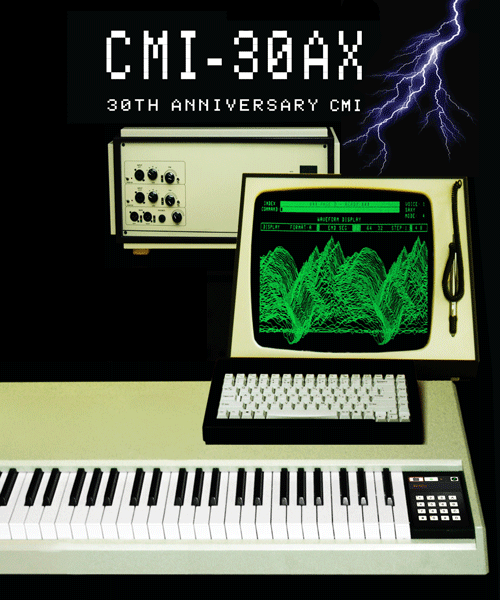Well done! Nice Board! 
In earlier thread you asked quote:
Can anyone provide further input, how will an FPGA match against the SHARC ?
As an example among many you might take brief peek at:
http://www.fairlight.com.au/
They do all the signal processing on FPGA's.Well at least they used to!Whether or not is faster then a SHARK i dunno.
http://newsroom.altera.com/press-releases/altera-fpga-replaces-64-dsp-devices-in-fairlights-new-media-processing-engine.print
http://fairlightinstruments.com.au/cc1_brochure.pdf
I think Peter Vogel is using a CC1 for his remake of the Fairlight CMIII/II.
http://petervogelinstruments.com.au/

Thanks,
I too think FPGA and SHARC DSP`s have alot of overlap in some areas, but then this showed at my door 3 months ago and its a freaking beast!! let me say that again..its a FREAKING BEAST see attachment.
http://www.analog.com/en/products/processors-dsp/sharc/adsp-sc589.htmlAnalog Devices was like "say hello to my little friend"

Dual SHARC+ Core Infrastructure:
450 MHz (2.7GFLOPS) per core
5Mbits/640KB L1 memory/core with parity
Optional cache/SRAM mode
32-bit, 40-bit & 64-bit floating point support
ARM Core Infrastructure:
450 MHz ARM Cortex-A5 (with Neon/FPU)
32kByte/32kByte L1 Instr./Data Cache
256kByte L2 Cache
Shared System Memory
256KB L2 SRAM with ECC protection
Up to Two High Speed Memory Controllers
DDR3-900, DDR2-800 & LPDDR (16-bit)
Advanced Hardware Accelerators
FFT/iFFT (18 GFLOPS, 5usec per 1K-pt FFT)
FIR/IIR and SINC Filters, ASRC
Security Crypto Engines with OTP
Packaging
19mm x 19mm BGA (0.8mm pitch)
Commercial, Industrial & Automotive
Key Connectivity & Interfaces:
2x Ethernet MAC
One Gigabit (RGMII) and one 10/100 (RMII)
With IEEE-1588 & AVB support (QoS & clock recovery)
2x USB2.0 HS OTG/Device Controllers (MAC/PHY)
2x CAN2.0
SD/SDIO/MMC/eMMC (with SDXC support)
PCIe2.0 (1 lane) (SC589 only)
Up to 8 Full SPORT interfaces (w/ TDM & I2S modes)
S/PDIF Tx/Rx, 8x ASRC pairs, PCG
2x Dual-SPI and 1x QuadSPI (w/ direct execution)
3x I2C and 3x UARTs (w/ Flow Control)
Enhanced Parallel Peripheral Interface
For video I/O or parallel converter interface
2x Link Ports (bi-directional, 8-bit, up to 150MB/sec)
3x Enhanced PWM, ADC Control Module (ACM)
8x GP Timer, 1x GP Counter, WDT and RTC
Up to 102 GPIO (mux’ed w/ other interfaces)
8-ch 12-bit 1MSPS Housekeeping ADC
Thermal Sensor
They went from having hardly any peripherals in their 4-gen SHARCS to an arsenal of peripherals..
I will be using this primary for doing research involving room correction stuff, this is early silicon release, the new processors will be shipping mid next year.